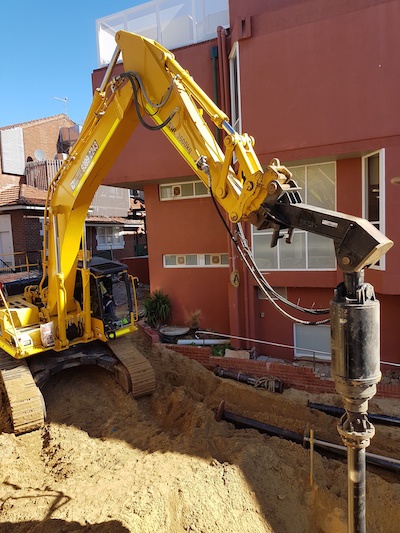 08 9371 7711
08 9371 7711 Engineering Blog
Engineering Blog




The development of sewer screw piles in 1996 by Screwpile Australia created a quite revolution in the way buildings & structures foundations were piled within WaterCorp easements. Prior to then concrete piles were the norm. Sewer screwpiles eliminate inherant construction problems associated with concrete piles such as, high water-tables, hole collapse and caverning, and hard ground penetration, all resulting in difficulties to achieving the minimum specified pile depth to below the sewers invert level.

Sub-standard microfine grout soil injection techniques and the wrong choice of microfine cementitious grout for the soil to be treated is becoming an increasing problem for builders and the piling stabilisation industry in Western Australia. Lets cut to the chase here and discuss why this is happening.


Over time your house foundations move. Where movement exceeds footing deign limits, excess stress will be applied to the footings causing them to bend, crack and or rotate. This stress will be transferred to any concrete slab or wall above, causing masonry cracks and in severe cases compromise your homes structural integrity. To an engineer experienced in building settlement the nature of the cracks can indicate the type of stress load and why it occurred.